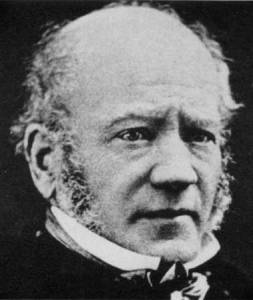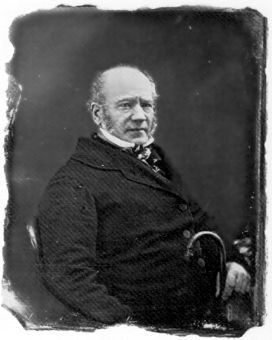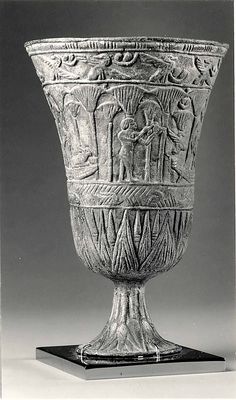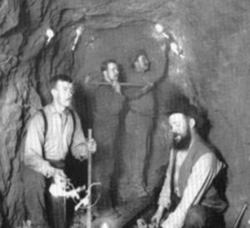Two bad ass facts about this man to get out of the way right off – just in case you decide that administration isn’t the edgy topic that you’re looking for this morning and wand off without reading the rest of this post:
- George Simpson is known as the first person to have “circumnavigated” the world by land
- With the exception of voyageurs and their Serbian equivalents few men, even to this day, have spent as much time travelling in the wilderness

George Simpson, administrator extraordinaire. Photo from http://www.mhs.mb.ca
Yet another Scot who travelled over to North America in the employment of the Hudson’s Bay Company, George Simpson would become a central figure in the company during the years of its greatest level of power in Canada. Not having the most ideal start in life, Simpson was born in 1787 the illegitimate son of his father George Simpson Sr. and an unknown mother who would be raised predominantly by two of his aunts and his paternal grandmother.
Sent, in 1808, to London in order to work for his uncle in the sugar brokerage industry George would come into contact with the HBC when his uncle’s firm merged with that of the one belonging to Andrew Colville who was a director of the company itself. It appears that Coleville was impressed by what he saw because within eight years of this merge, he would name Simpson Governor-in-Chief, locum tenens of Rupert’s Land. (locum tenens means something close to ‘place holder’ making this a situation where Simpson would be temporarily filling this position in place of the permanent occupant)
George happened to be recruited into the HBC at a time when the company was at a continuous high level of conflict with the Northwest company which couldn’t have been a comfortable arrival for the Scot but it wouldn’t last long as the companies merged in 1821. After three years working around Hudsons Bay, particularly at what was known as York Factory, Simpson was sent to the Pacific in 1824. Making his way across what would become Canada, he decided to take an unconventional route which ended up being a fantastic call. He arrived at Fort George after only an 80 day journey which was at least 20 days quicker than the previous recorded record.
While no events of particular note occurred while Simpson was employed by the Hudsons Bay Company, this is perhaps a greater indication of his skill as a leader and administrator than any dramatic deed. It is also worth while to note that during his time with the company, the HBC often returned a 10% profit which was a far less likely occurrence under other leadership.
On his retirement from the company, George and his wife settled in Montreal where he got into transportation and began to invest in railways and canals. Travelling to the end, his health would eventually falter and he died at his home in August of 1860, aged 73, after suffering from a massive stroke.

Image from http://www.thecanadianencyclopedia.ca














